Let’s be real, you’ve probably been told a million times that you should “eat more protein” for your health, muscle gains, or weight loss goals.
But who’s actually teaching you how to build a high-protein meal plan that doesn’t taste like cardboard, break the bank, or require you to eat chicken and broccoli for every meal?
That’s what we’re solving today. I’m going to walk you through creating a protein-packed meal plan that’s realistic, delicious, and fits your life.

The Ultimate Guide to Building a High-Protein Meal Plan
Skip ahead to:
- How much protein you actually need
- Key principles for meal planning success
- Sample meal plan that doesn’t suck
- Practical tips that make this sustainable
How Much Protein Do You Actually Need?
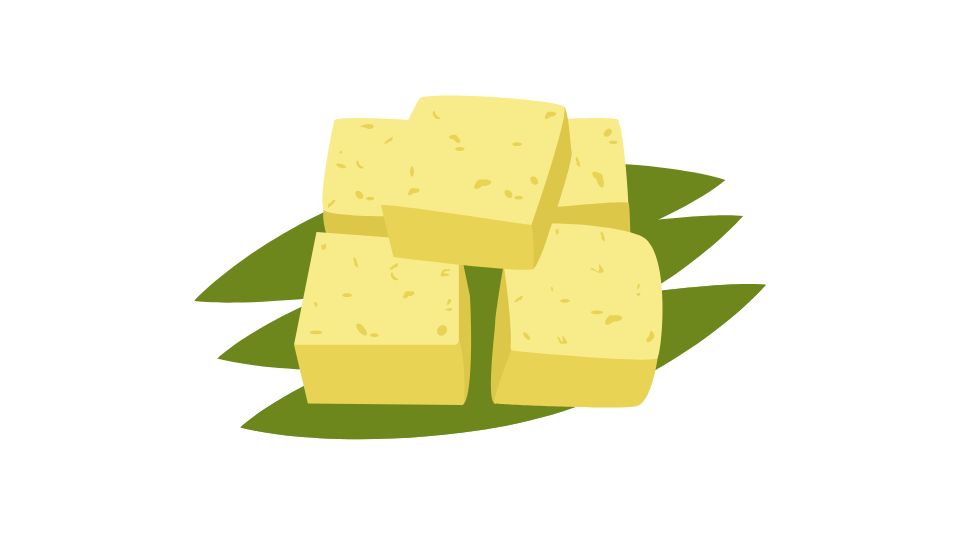
First things first—figuring out your protein target.
The research shows that most people should aim for about 1.2 to 2.0 grams of protein per kilogram of body weight daily (that’s 0.6 to 0.9 grams per pound). So if you weigh 150 pounds (68kg), you’re looking at roughly 82 to 136 grams of protein per day.
And most importantly, can I blame my lack of gains on not eating enough protein while taking no personal accountability for skipping leg day? (sarcastic laugh)
The truth is, eating more than 2g/kg probably won’t give you extra benefits unless you’re training for the Olympics or recovering from an injury. So don’t waste your money on excessive protein—research shows it just becomes expensive pee.
Designing Your Meal Plan: 6 Key Principles
1. Spread Your Protein Throughout the Day
Your body can only use so much protein at once for muscle building. Aim for 25-35 grams of protein per meal spread across 4-5 meals or snacks daily.
This approach is way more effective than eating most of your protein at dinner (which most Americans do). Your muscles will thank you, and you’ll stay fuller longer throughout the day.
2. Mix Up Your Protein Sources
Don’t be that person who only eats chicken breast. Seriously.
Include a variety of:
- Animal proteins: chicken, beef, fish, eggs, dairy
- Plant proteins: beans, lentils, tofu, tempeh, nuts
This diversity gives you different amino acid profiles and makes your diet way more interesting. Plus, research suggests that eating a variety of protein sources is associated with better overall health outcomes.
3. Whole Foods > Processed Stuff
While protein bars and shakes have their place, build your meal plan around real, whole foods whenever possible.
Think:
- Eggs with veggies
- Greek yogurt with berries
- Grilled salmon with quinoa
- Bean and vegetable soup
Your gut, hormones, and overall health will benefit from the additional nutrients that come packaged with whole food proteins.
4. Budget-Friendly Protein Options
Protein doesn’t have to be expensive! Some of the most affordable options include:
- Eggs (one of the most complete proteins available)
- Canned tuna or salmon
- Rotisserie chicken (often cheaper than raw)
- Beans and lentils
- Cottage cheese
- Frozen chicken breasts in bulk
Pro tip: I buy meat in bulk when it’s on sale and freeze it in single portions.
5. Prep Once, Eat Twice (or More)
Meal prep is your secret weapon for staying consistent with high-protein eating.
You don’t need to cook 21 identical meals every Sunday (unless that’s your thing). Just:
- Hard boil a dozen eggs
- Cook a big batch of chicken breasts
- Prepare a pot of chili or soup
- Wash and chop veggies for quick salads
This approach saves you from the dreaded “I’m hungry but have nothing ready” takeout trap.
6. Track and Adjust
Let’s be honest—most of us are terrible at estimating how much protein we’re actually eating. Using a tracking tool takes the guesswork out.
MealByMeal.com offers a super simple approach where you just text your meals and the app tracks calories and macros automatically. No more tedious food logging!
Sample High-Protein Meal Plan That Actually Tastes Good
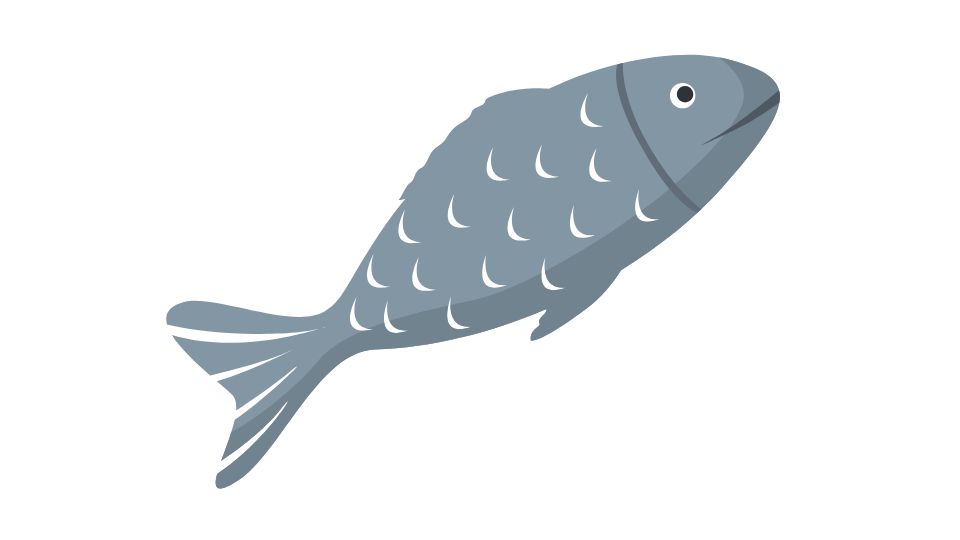
Here’s what a day eating 100-150g of protein might look like (adjust portions based on your needs):
Breakfast (25g protein):
- 3-egg omelet with spinach, peppers and feta cheese
- 1 slice whole grain toast with avocado
- Coffee or tea
Mid-Morning Snack (20g protein):
- 1 cup Greek yogurt with berries and a sprinkle of granola
- OR a protein smoothie with 1 scoop protein powder, banana, and almond milk
Lunch (30g protein):
- 4oz grilled chicken breast on a big salad with mixed greens, cherry tomatoes, cucumbers, and balsamic vinaigrette
- 1/2 cup quinoa or brown rice
- Sparkling water with lemon
Afternoon Snack (15g protein):
- String cheese and an apple
- OR 1/4 cup hummus with veggies and a handful of almonds
Dinner (40g protein):
- 6oz salmon or 5oz lean steak
- Roasted sweet potatoes with olive oil and herbs
- Steamed broccoli or Brussels sprouts
- Optional glass of wine (I’m not a monster)
That’s around 130g of protein without feeling like you’re forcing down protein shakes all day!
Practical Tips That Make This Sustainable
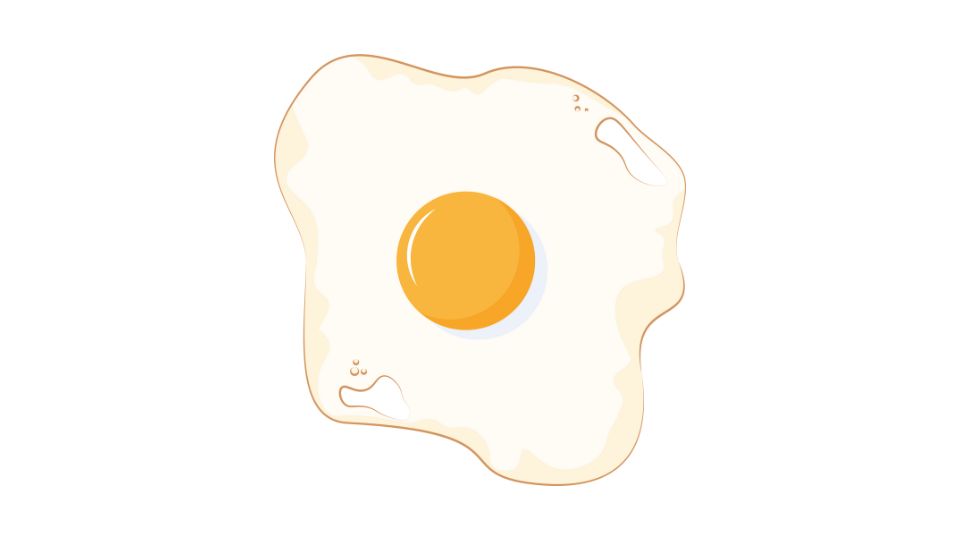
Add Protein to Foods You Already Eat
The easiest way to increase protein intake is to boost the protein content of meals you already enjoy:
- Add an egg or two to your morning toast
- Mix cottage cheese into your pasta sauce
- Throw rotisserie chicken into your salad
- Use Greek yogurt instead of sour cream
- Add beans to your soups and stews
Make High-Protein Snacks Accessible
Keep ready-to-eat protein sources available for busy days:
- Hard-boiled eggs in the fridge
- Pre-portioned nuts in your car or desk
- Greek yogurt cups
- Protein bars for emergencies (look for ones with minimal sugar)
- Deli meat roll-ups with cheese
According to nutrition experts, having convenient protein options available dramatically increases your chances of sticking with your plan long-term.
Protein-Packed Breakfast Ideas
Breakfast is where most people fall short on protein. Try:
- Egg muffins: Mix eggs with veggies and cheese, bake in muffin tins (make a batch on Sunday for the week)
- Overnight protein oats: Oats + milk + protein powder + cinnamon + berries
- Greek yogurt parfait: Layer yogurt with fruit, nuts, and a drizzle of honey
- Savory breakfast bowl: Quinoa, sautéed greens, and a couple of eggs
Use Supplements Strategically
Protein supplements aren’t necessary, but they can be helpful:
- Whey protein: Fast-absorbing, great post-workout
- Casein protein: Slow-digesting, good before bed
- Plant proteins: Good options if you avoid dairy
Just remember, supplements should supplement your diet, not replace real food. Research confirms that whole food proteins generally provide better overall nutrition.
So What’s the Bottom Line?
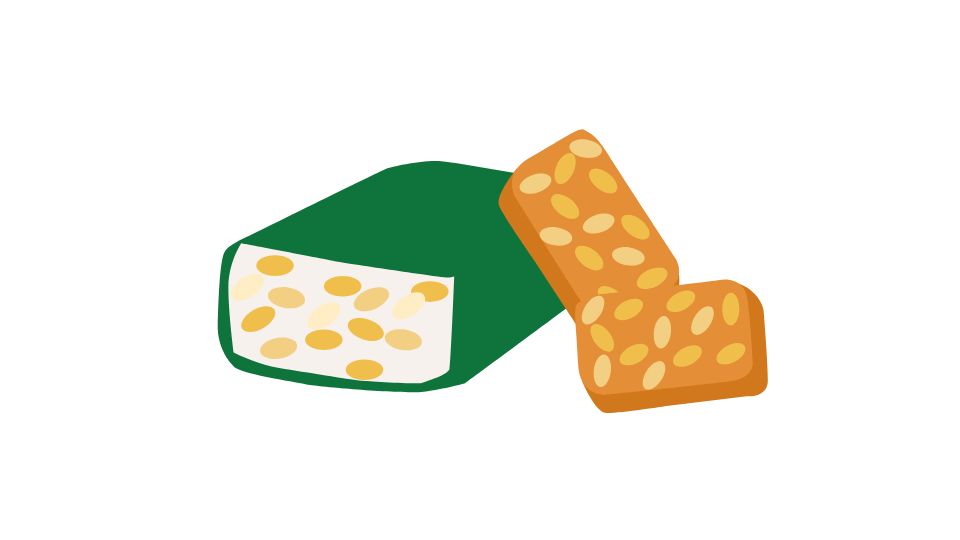
Building a high-protein meal plan doesn’t have to be complicated. Focus on:
- Getting the right amount for YOUR body (1.2-2g per kg)
- Spreading protein across your day
- Using a variety of delicious sources
- Prepping ahead when possible
- Tracking to ensure you’re hitting your targets
The best meal plan is one you’ll actually follow, so make it work for your lifestyle and preferences. Start with small changes, track your progress, and adjust as needed.
Remember, protein isn’t just for bodybuilders—it’s essential for everyone’s health, from supporting your immune system to keeping your muscles strong as you age.
So go forth and protein-ify your life! Your future self will thank you.



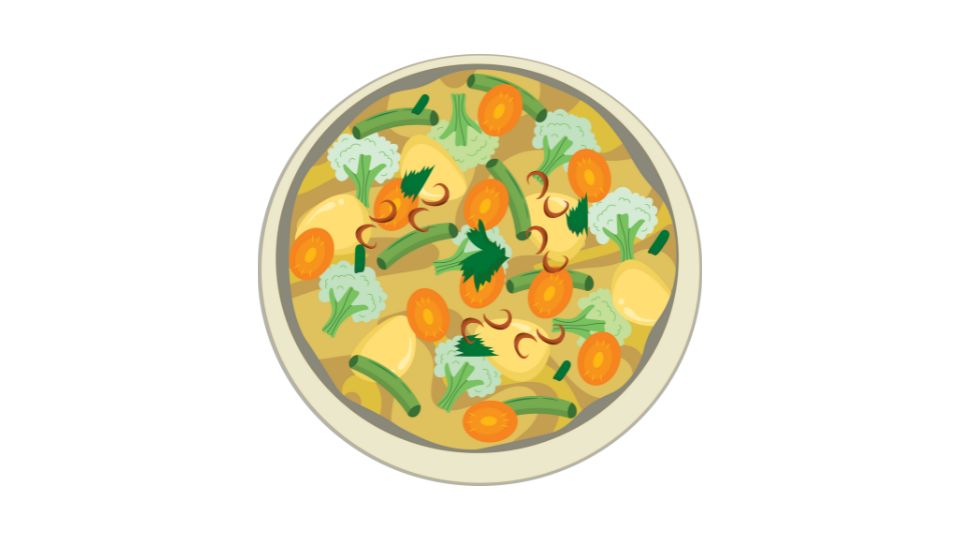
Leave a Reply